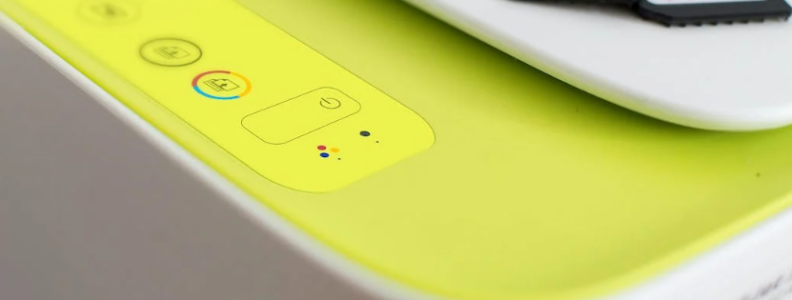The world of plastic card printing has seen remarkable transformations over the years. From the early days of simple embossing techniques to the current state-of-the-art digital printers, the journey of this technology reflects a fascinating blend of innovation and practical application. We break down the evolution of printing utilities for plastic card products, highlighting key milestones and considering future trends in this dynamic field.
The Beginnings of Plastic Card Printing
Reliable plastic card printing designs began as a relatively simple process. The initial cards were primarily used for identification purposes, with basic embossing techniques employed to imprint personal details. These cards were rudimentary by today’s standards, but they laid the groundwork for the sophisticated systems we use now.
Advancements in Printing Techniques
The leap from mechanical embossing to digital printing marked a significant milestone in the evolution of plastic card printers. Digital units offered greater flexibility in design and faster production times, revolutionising how organisations approached card printing. This shift also paved the way for more secure and complex card designs, integrating features like magnetic stripes and chips.
Security Features in Modern Card Printing
Today’s plastic card printers are equipped with advanced security features. Techniques such as holographic overlays, RFID technology, and smart chip encoding are now standard in many industries. These features not only enhance the security of the cards but also expand their functionality, enabling them to be used for access control, cashless transactions, and personal identification.
The Rise of Customisation and Personalisation
Customisation has become a key aspect of modern card printing. Organisations can now design cards that reflect their brand identity, with vibrant colours and intricate designs. This level of personalisation has been a game-changer, especially in marketing and customer loyalty programs.
Environmental Considerations in Card Printing
As environmental awareness grows, the card printing industry is adapting. Biodegradable plastics and eco-friendly printing processes are increasingly being used to reduce the ecological footprint of plastic cards. This shift not only responds to consumer demand but also reflects a broader commitment to sustainability in the industry.
Finding the Right Plastic Card Printer
Selecting the right printer is crucial for achieving the desired results. Factors such as print volume, card type, desired security features, and budget should be considered. For those looking to explore this aspect further, finding the best plastic card printers offers a comprehensive overview of the options available.
The Future of Plastic Card Printing
The future of plastic card printing looks set to be driven by further technological advancements. Innovations like biometric integration and advanced encryption will likely become more commonplace, offering even greater security and functionality. Additionally, the trend towards sustainability is expected to continue, with more eco-friendly materials and processes being developed.
Summary
The evolution of plastic card printing technology is a testament to the relentless pursuit of innovation and efficiency. From its humble beginnings to today’s sophisticated systems, this journey mirrors broader technological and societal changes.
As we look to the future, it’s clear that this field will continue to evolve, driven by advancements in security, customisation, and environmental sustainability.
For individuals interested in the broader context of these changes, delving into the history of technological innovation provides valuable insights into how technologies evolve over time.
Whether it’s for business, security, or personal use, understanding the evolution and current trends in plastic card printing can help individuals and organisations make informed decisions about their printing needs. With new technologies on the horizon, the possibilities for what these cards can do are only set to expand.

